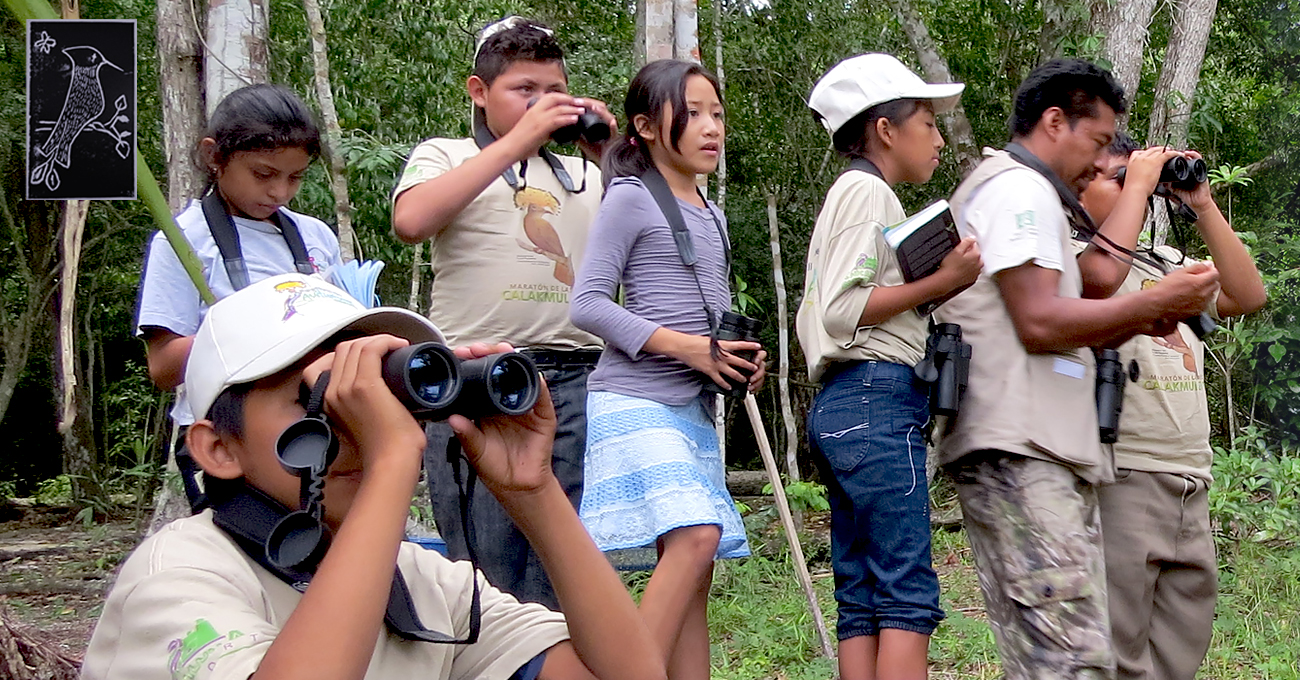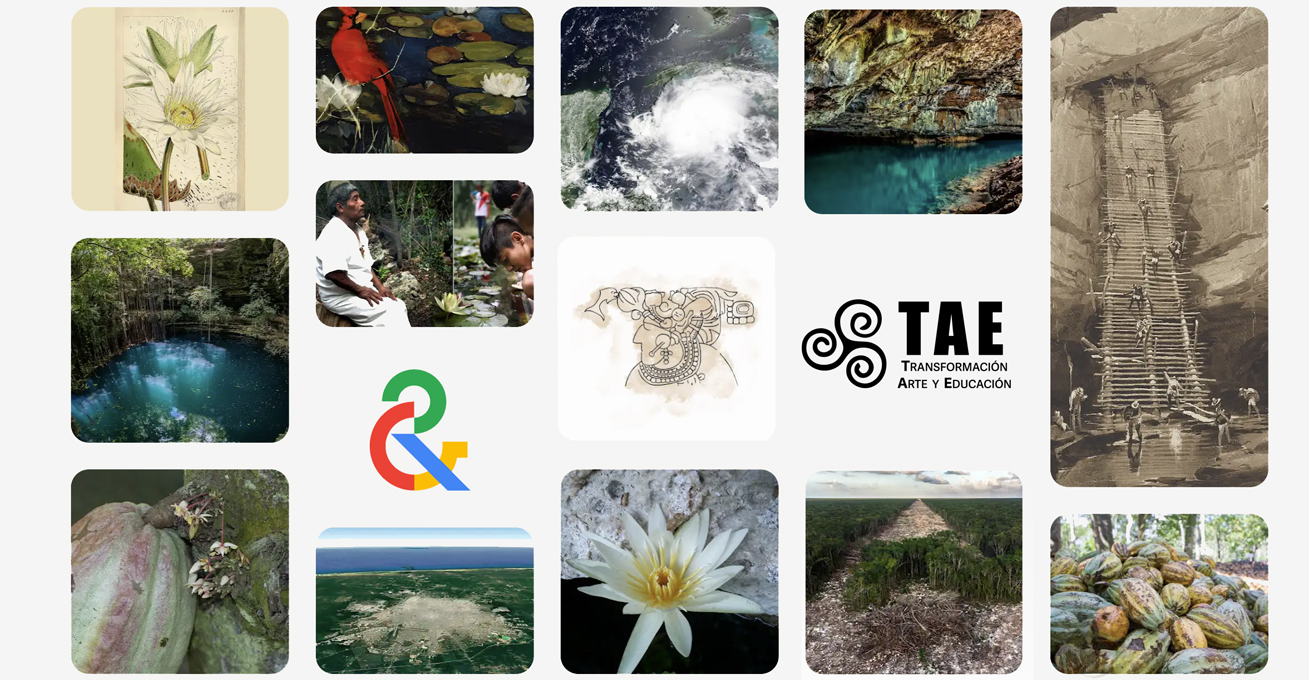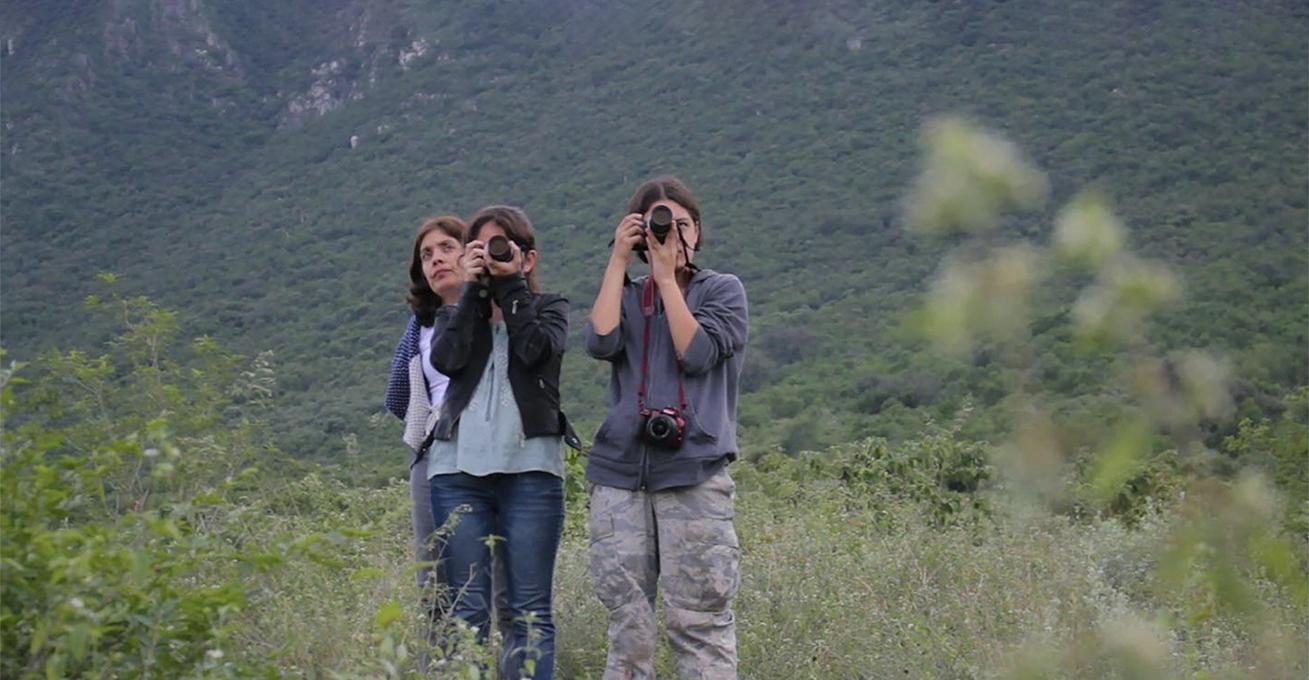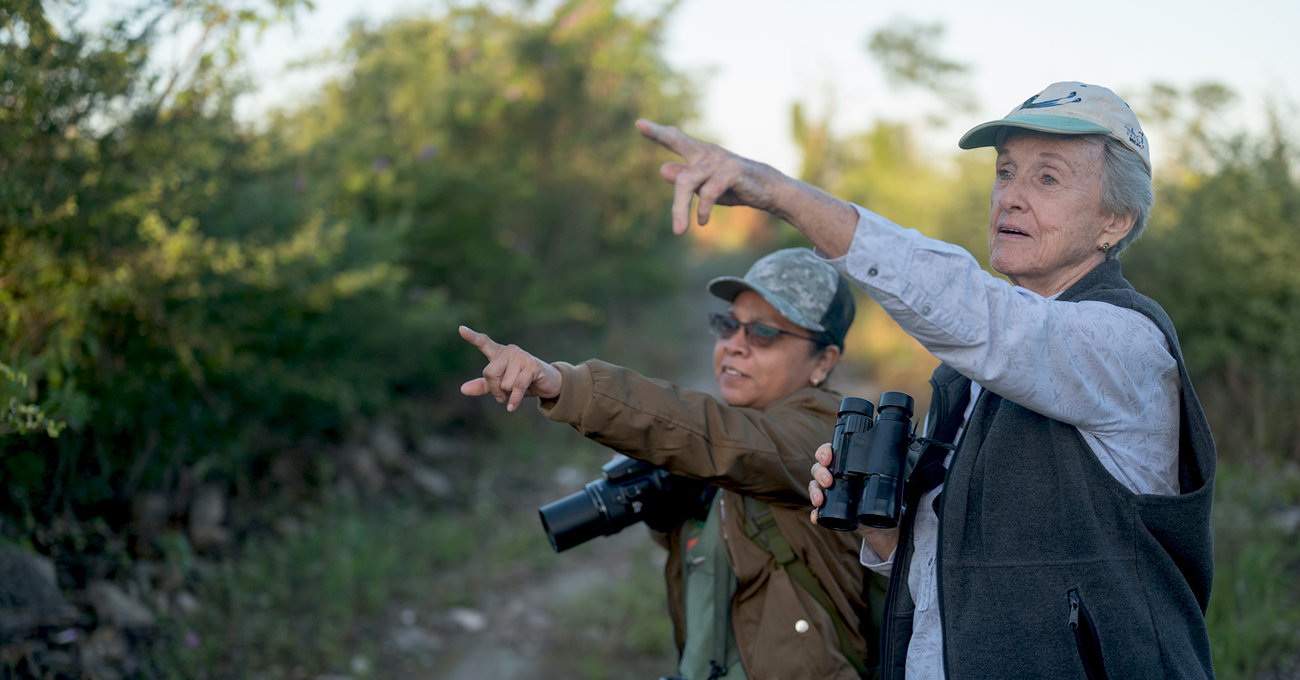
Sal a Pajarear is an environmental education program designed for children. TAE Naturaleza developed a guide in collaboration with Barbara MacKinnon, a bird-watching pioneer on the Yucatan Peninsula. The guide contains a list of resident and migratory bird species, and from the first to the last edition, it has 450 species.
The children participating in the program are in primary school, with an average age of 9 to 12. Today, the program includes 359 children, all of them members of the Mayan communities of the Yucatan Peninsula.
The Program Coordinator, Waldemar Santamaría, has been monitoring and working on volunteer training. He points out that among the volunteers, some are parents of the children, some are teachers and have university studies, but some start as fans and participate due to the growing interest that the program generates in the different communities.
The virtuous thing about the model is that, by involving members of the same family, and above all for the little ones, it makes high-level training available for the observation and study of birds (the program educates the observation, cataloging and listing of the birds found in the surroundings). The program arouses the appetite for knowledge, and the solidity of that recreational experience provides for social integration since children from different families and different families understand each other around the program activities.
Most of the children who participate in the program are in school since the program requires good reading and writing skills. However, there have been a few cases of children (from the Holbox communities) for whom the only training received away from home has been the Sal a Pajarear program.
The program´s fame shows us the potential of environmental education programs. Mayan Children of the Yucatan Peninsula encounter many obstacles to completing their schooling. One of the most notable is the non-inclusion of the Mayan language in different programs.
Empirical observation has significant advantages: a tour, a pair of binoculars, and a guide are materials to enter a world of biodiversity knowledge. Children progressively enter the study of birds through their sensitivity and under the guidance of volunteers. The activity becomes something that kids look forward to every week, and little by little, the children become spokespersons for the care of birds to their friends and parents.
One of the volunteer guides' tasks is to prepare the group list of the birds observed weekly. These lists are uploaded to the eBird platform, which is part of the Cornell Lab of Ornithology. In this way, Sal a Pajarear is also inserted within an education for participation in citizen science.
Some parents, seeing how beneficial the program is, have promoted that it be included as an official environmental education subject. The reason for this is the focus on comprehensive development that the program promotes, where each child, his community, and his environment are important.
Following the knowledge of biodiversity as an axis and acquiring that knowledge through observation activities are pleasurable. The program follows a powerful strategy thanks to raising awareness and bringing children closer to nature to understand the importance of preserving it. The agentia (ability to act) that awakens in children represents a significant value, both in the educational processes of children, as well as the potential to conserve biodiversity.



